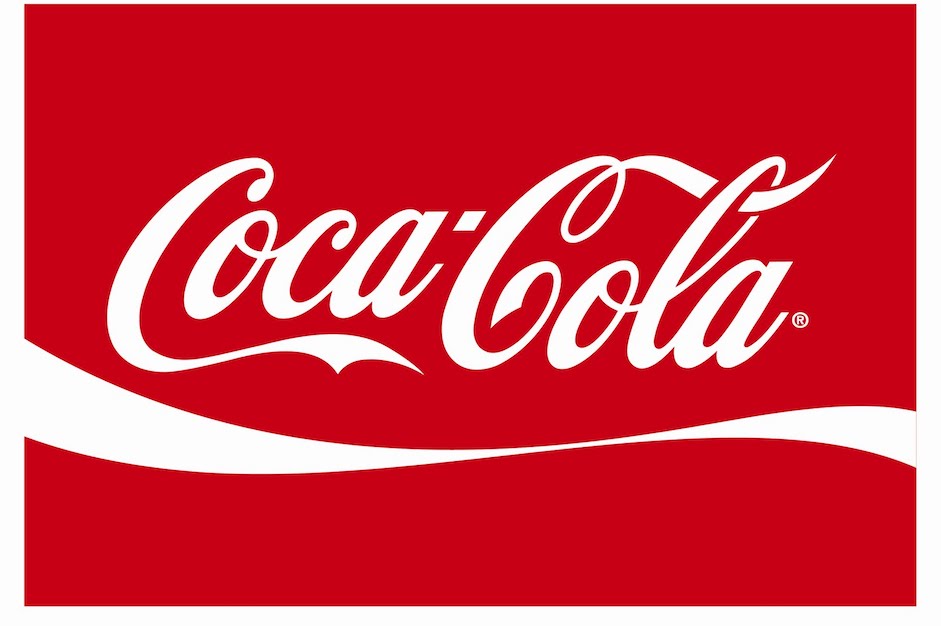If success were easy, history would not be filled with numerous flops from advertisers. Not always are ads built on strong Super Bowl marketing strategy.
Who doesn’t love cavorting monkeys, talking snack foods and loudmouth frogs? A good belly laugh or sentimental misty eye help make us feel good about life and living.
But do they inspire us to buy beer, chips, smartphones or sleek new cars?
Recall last week we reported this year’s Super Bowl spots are costing advertisers more than $5 million for a 30-second spot — more than $166,000 per second. That is big money, even in markets where profits can bounce beyond a billion bucks.
Today, we explore some of what we consider the best spots, some of the most successful Super Bowl marketing strategy.
Much is at stake when the creative team starts concepting a Super Bowl TV spot. But like the two teams that will square off Feb. 5 at the Super Bowl in Houston, there’s no chance at winning without first charting a sound strategy.
If it were easy, everyone would win on Super Bowl Sunday. Many, however, have flopped. And the funny thing is that many who think they have won, actually lost. Their spots went bust and the multimillion-dollar investment was lost.
Last week, I mentioned that we talk at our shop about “advertising responsibly” and work hard to establish a solid strategy before creating messages with words, pictures and sounds. The same approach drives success in the Super Bowl TV spot game.
Without question, the opportunity to capitalize on the enormous numbers and momentous Super Bowl spectacle has resulted in some historically significant commercials.
This year’s broadcast will showcase more big winners. Hyundai might be one of them.
Hyundai has a great strategy. It is shooting its spot during the Super Bowl game and will air it just before the trophy ceremony. It is a documentary of “some of the best off-the-field Super Bowl moments.” Most advertisers spend months preparing their spots. This spot will take about three hours to film and edit. It’s getting a lot of pregame publicity — for free.
Many of us will never forget the great TV spots that ran during the big game.
Marketing strategies from the past that won
One of those memorable spots ran only once — in 1984. The spot was titled “1984.” Apple Computer introduced its Macintosh computer. Apple’s Los Angeles ad agency, Chiat/Day, and director Ridley Scott were inspired by George Orwell’s novel, “1984″, about the future and how “Big Brother” would be watching over us.
The ad concluded with the message, “On January 24, Apple Computer will introduce the Macintosh. And you’ll see why 1984 won’t be like ’1984.’” The implication was that each of us would have the power of a personal computer.
The story gets better. Steve Jobs was so enthusiastic about the spot’s impact that he purchased one and a half minutes of ad time. The spot was screened for the Apple board of directors. They hated the commercial and told Chiat/Day to sell the commercial time to another advertiser. Steve Wozniak, co-founder with Steve Jobs, showed copies of the ad to friends and offered to pay for half the airtime if Jobs would pay the other half. This turned out to be unnecessary.
The spot ran. Apple’s Macintosh sales went through the roof and the commercial made advertising history. Many consider “1984” the best TV spot of all time.
Another all-time favorite, in 1980, Coca-Cola’s “Hey Kid, Catch!” spot featuring Pittsburgh Steelers “Mean Joe” Greene being offered a Coke by a young fan. Joe drinks it in one sip and then throws the kid his game jersey. When a spot in just seconds can pull at your heart like that, well, that’s powerful. Emotion sells.
Doritos began a promotion in 2006 known as Crash the Super Bowl, soliciting viewers to film their own commercial for the possibility of being aired during the game along with bonus prizes to the winners. Talk about customer engagement.
GoDaddy is back this year after taking some time off. Some might recall the “wardrobe malfunction.” Many of GoDaddy’s planned ads were rejected by the networks due to their overly suggestive subject matter. GoDaddy garnered much publicity — for free. The uncensored version of the spot was available on its website. Smart.
In 1977, Xerox ran a spot titled “Monks.” A young monk was instructed by the head monk to make copies of a manuscript. He came up with the ingenious idea of using a new Xerox photocopier. The head monk was very pleased and surprised at how the young monk accomplished this “supernatural” feat. That was 40 years ago. Many still recall the ad.
Something like 60 spots run during the Super Bowl game each year and many more before and after the game. Most aren’t remembered. Others are remembered but not for the product or service. That’s just as bad.
Great creative work is hard. When the right strategic idea (position) strikes the right creative, it’s electric. It has the power to transform human behavior. Unless your advertising is built on this big idea, it will pass like two ships in the night.
Check out the Innis Maggiore Facebook page for daily posts about the favorite Super Bowl commercials of a number of other Stark County people. And be sure to let us know your pick for the best of the best during this Sunday’s big game. We're looking for solid Super Bowl marketing strategy.



